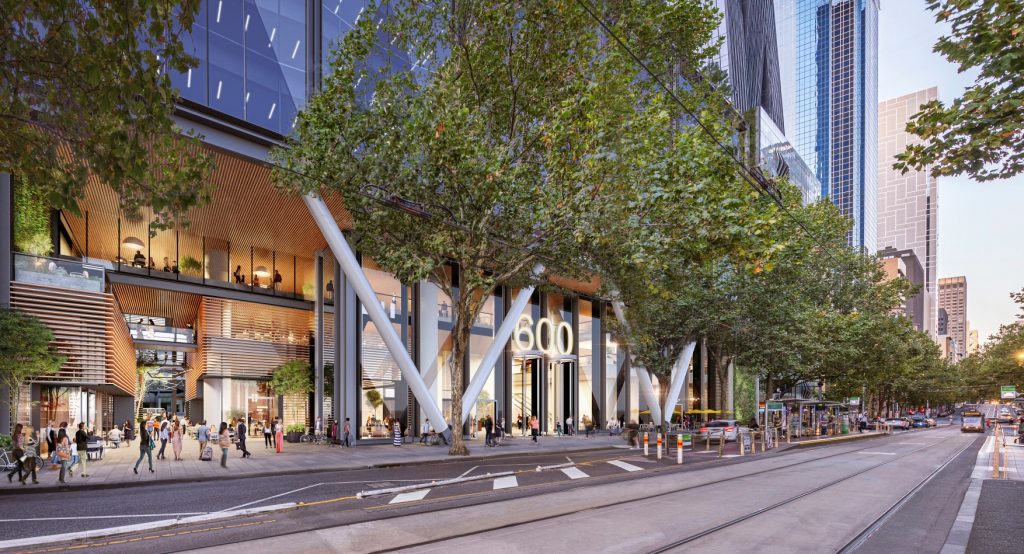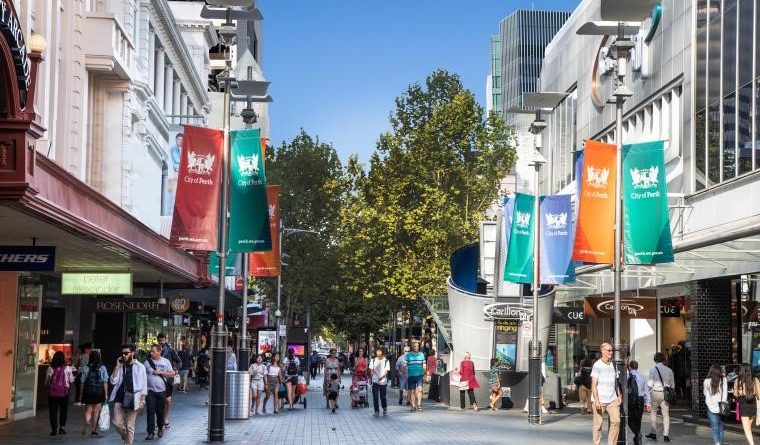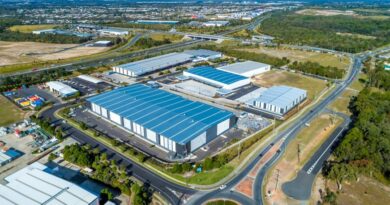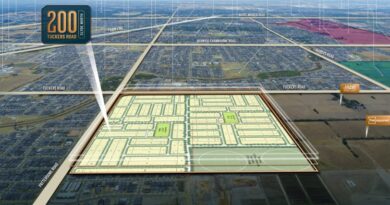Office occupancy lifts in September

The number of workers going into the office lifted in most CBDs in September according to the latest Property Council of Australia’s latest Office Occupancy Survey.
Brisbane enjoyed the largest rise, with occupancy jumping from 57 to 70 per cent, while Adelaide saw occupancy increase from 71 to 78pc and occupancy in Perth lifted from 69 to 76pc.
Occupancy rose in Melbourne from 39 to 41pc while…rates in Sydney remained steady at 52pc per cent.
In Canberra occupancy dropped from 64 to 54pc.
Peak days
The survey found that office occupancy rates continued to vary strongly between peak and low days.
Peak occupancy days in Perth (pictured, top) reached 84pc, but on a low day fell to 68pc while in Melbourne it was 25pc.
Property Council chief executive Ken Morrison said it was pleasing to see occupancy rates rise significantly in a number of cities.
“We expected to see office occupancy lift after the winter Omicron wave subsided and that’s what we have witnessed in most capital cities around Australia,” he added (continues below).
“It’s especially encouraging to see office occupancy jump significantly in several major CBDs, but the results are a lot lower in Melbourne and Sydney which has more lockdown disruption through the pandemic.
“Our survey shows people are returning to their offices strongly on peak days, with peak day occupancy reaching 84pc per cent in Perth, 83pc in Adelaide, 79pc in Brisbane, Sydney at 65pc and 60pc in Canberra and Melbourne.
“Melbourne’s peak occupancy day increased by 9pc from the previous month, which is a positive sign despite the overall occupancy rate remaining subdued.
“With warmer weather now upon us and the Omicron wave subsiding significantly, it bodes well for continued momentum in the months ahead”.
Health concern influence drops
The latest Office Occupancy Survey found the preference for greater flexibility including working from home was the major driver of occupancy levels, increasing from 64 to 83pc.
Health concerns’ influence on the data has continued to wane, falling from 30pc in July to 4pc in September.
The survey was conducted in the field between 26 and 30 September 2022.








